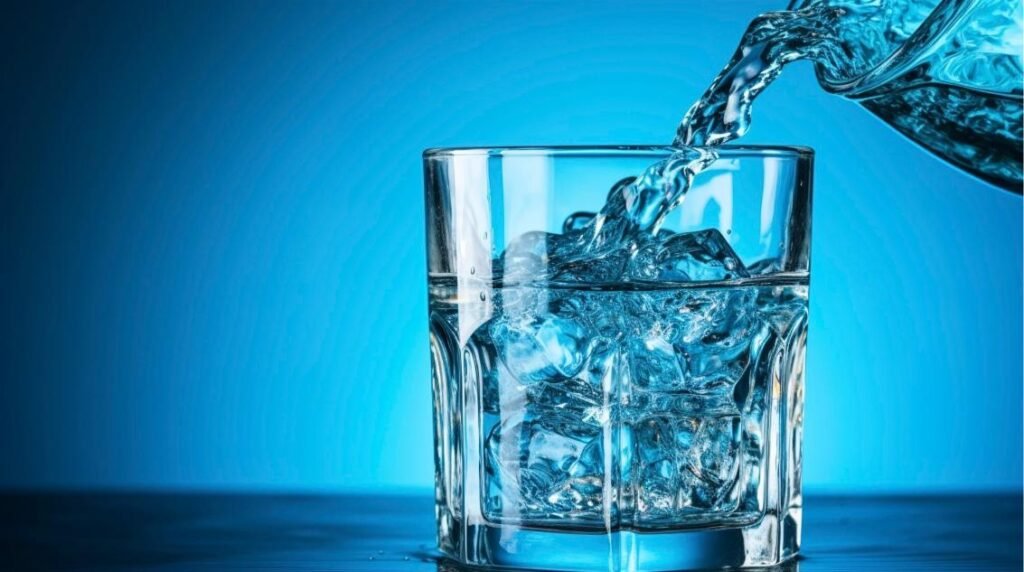
Technology used in hard water purification systems is being used to provide fresh drinking water to areas of the world where fresh water sources are scarce. Even though the Earth is mostly covered in water, 97.5% of it is undrinkable due to the salt content. The reason why it is undrinkable is because a human’s kidney is unable to expel that much salt. Salts drain water from the body and cause dehydration. The same technology in the soft water systems used in your household are being used on a grander scale to create drinkable water from sea water.
What is Reverse Osmosis?
An example of this type of technology is the soft water systems that remove the minerals in hard water through reverse osmosis. Reverse osmosis is a process by which a solvent passes through a porous membrane in the direction opposite to that for a natural osmosis when subjected to a hydrostatic pressure greater than osmotic pressure. Simply, it uses pressure to remove impurities through several porous membranes. In households, these systems remove minerals such as calcium and magnesium.
What is Desalination?
Water desalination is the process of removing the salts from sea water to create potable water. This is water that is safe to drink. Saline is defined as dissolved salts. In fresh water there is less than 1,000 ppm (parts per million) of salt. In the ocean the amount of salt is 35,000 ppm. The Earth’s atmosphere has its own desalination system. This is done through solar desalination also known as the water cycle. This is done through evaporation, condensation, and precipitation.
How are These Processes Used?
There are large industrial plants that have huge reverse osmosis systems that are capable of desalinating millions of gallons of water per day all over the world. Although these plants are capable of creating drinkable water, the cost per gallon is more than pumping and treating fresh water. These plants are being built in areas where there isn’t a steady supply of freshwater and along the coasts for future planning. There are many areas that have a limited supply of fresh water or have times of the year of extreme drought. Desalination plants in Israel provide 20% of their water. In San Marcos, TX, desalination plants are used to create chemically compatible water to the Edwards Aquifer.
What Happens to the Salt?
Once the desalination process has been completed, there is a bunch of salty brine that is leftover. This is usually just dumped back into the ocean and could cause pollution. Recent research at MIT has been able to put the brine through a nanofiltration system and convert it into chemicals, such as sodium hydroxide, that are in turn used to desalinate more water. These chemicals are needed to operate the desalination plant. Essentially, the processes of desalinating water could have very little waste in the future and save the cost of having to pump brine back into the ocean.
The Importance of Water Treatment Systems
The hard water treatment systems that are used in households use the same technology as those used to create drinkable water from ocean water that would be unsafe without those systems. These systems could one day be the only system the entire Earth relies on for clean water. Technology is always advancing in all areas of life from electronics to the water we drink.
Interested in learning more about water conditioning systems? Contact Clear Water of San Marcos, a local company that provides water softening in San Marcos, TX.